Recently, we released our blog on the most commonly asked questions about tooth bleaching. The response was phenomenal.
Therefore we have compiled additional answers to the most popular inquiries about tooth bleaching. Here they are!:
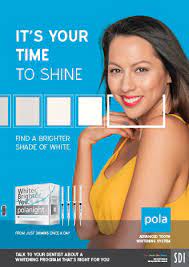
What is St. Lawrence Dentistry’s “best-kept secret” regarding teeth bleaching?
One of the most underutilized and underappreciated formulations is 10% carbamate peroxide. It has both oral hygiene and tooth bleaching benefits. Pola calls this product The “Pola Night” because you can sleep through the night with it. 10% carbamate peroxide breaks down roughly to 3% hydrogen peroxide which is a minuscule amount of bleach. It has been deemed very safe for human use.
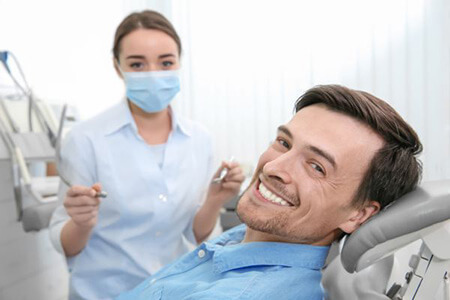
Is it true our bodies make hydrogen peroxide?
The human body makes small amounts of hydrogen peroxide throughout the day. It is made in the brain, eyes, as well as in liver. Our bodies use it to help fight bacterial infections.
What would happen if someone ingested a small amount of 10% carbamate peroxide gel?
We are not recommending this. However, for most people, even if you swallow a small amount of 10% carbamate peroxide solution, it is usually not a problem. The product Gly-Oxide has been around for ages, and it also is a 10% carbamate peroxide solution. When babies or infants get thrush, a parent can apply it to their mouth as a topical for 10-12 days.
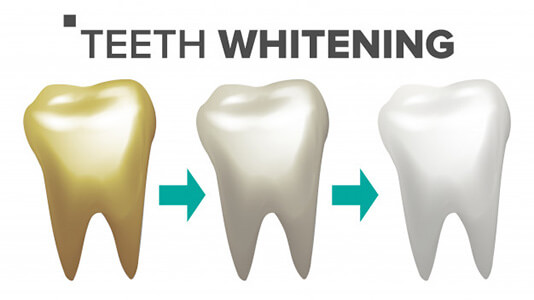
Who can benefit from the 10% Pola Night Product?
Dr. Hawryluk explains that few people are not good candidates for the 10% carbamate peroxide gel use (the concentration of Pola Night). It kills plaque, and Dr. Hawryluk uses it as an anti-cavity measure. In addition, a person with poor oral hygiene can be a perfect candidate for custom whitening trays with a 10% carbamate peroxide solution. The 10% carbamate peroxide breaks down to a 3% hydrogen peroxide which can kill plaque and bacteria. The hydrogen peroxide also breaks down to urea which causes the pH to skyrocket. A high pH is very anti-cariogenic. The bacteria have less of a chance to repopulate in the presence of the gel.
What are the two most common types of patients who use Pola Night for oral hygiene benefits?
- Patients with poor oral hygiene rarely brush their teeth and want that “magic bullet”.
- Patients who are “oral hygienists” who already have 9/10 oral hygiene but they want to be a perfect 10.
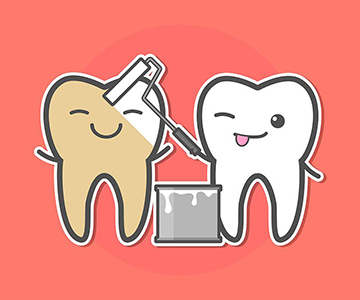
Do most patients want Pola Night primarily for the oral hygiene benefits?
The nice thing about the 10% carbamate peroxide is that it does improve oral hygiene. However, the attractive feature to most patients is the product can also whiten their teeth. Many people will not buy a product for hygiene, but they will if it will make their teeth whiter.
What is an example of an instance where one should not use Pola Night?
It is not advisable to use Pola Night or other carbamate peroxide gels on “over dentures” with locater attachments. It is because the carbamate peroxide causes the attachments to wear out faster.
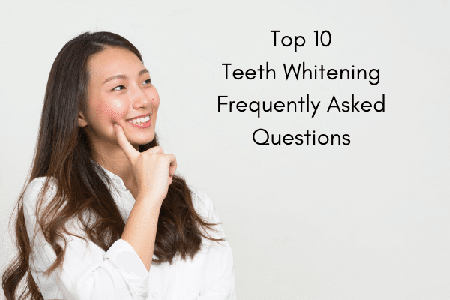
What amount of time (per day) should you use the Pola Night 10% Gels?
The regimen for 10% Carbamate Peroxide (Pola Night) is used in bleach trays for a minimum of 2 hours a day to overnight. Usually, Dr. Hawryluk will tell patients to wear them overnight because their saliva production diminishes at night, and it is typically a bit more tolerable to wear the trays.
Does charcoal toothpaste help with whitening?
No, it does not. A paper in 2017 published in JADA (John K Brooks and Mark Reynolds) showed there is no benefit of charcoal in toothpaste, and it can “scour” your teeth. If you go to the store, the classification of charcoal is an “inactive ingredient” in pastes containing it. Charcoal in toothpaste is all smoke and mirrors.
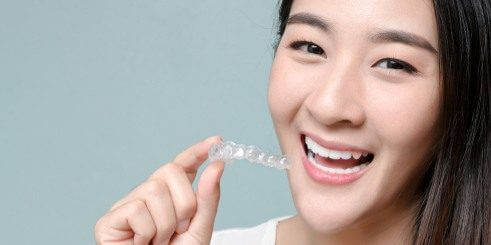
How do you treat one dark central incisor tooth that has had a root canal?
A lot of dentists try and treat this problem by using zirconia. However, our Mississauga Dental office finds this can make the tooth look too white, plastic, and opaque. So zirconia is not necessarily a “real pretty” tooth restoration. Feldspathic porcelain is typically the best-looking porcelain but also the most translucent. Therefore to use it, we need to get any darkness out of the tooth before putting the crown on. Dr. Hawryluk uses “Pola Office” for internal bleaching or “Superoxol” (sodium perborate). It is a 38% hydrogen peroxide solution. The process is to hollow out the tooth, remove some of the gutta-percha (root canal material). Then, the solution is put into the pulp chamber and sealed.
How do you bleach tetracycline-stained teeth?
St. Lawrence Dentistry uses the Combined Bleaching Technique. It is a 38% hydrogen peroxide in-office treatment followed by 22% carbamate peroxide gel use at home. The treatment time is 4-6 months.
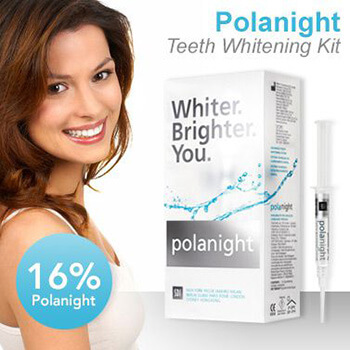
Should I not have any colored foods right after bleaching?
Dr. Hawryluk says it’s a myth that you should be on a white diet, the following bleaching for the best results. You don’t have to avoid strawberries or coffee (Matis operative dentistry, 2015, 40-3). It’s true that if you consume more bright-colored foods, your teeth will stain faster, but it is not true your teeth are more susceptible immediately to the following bleaching.
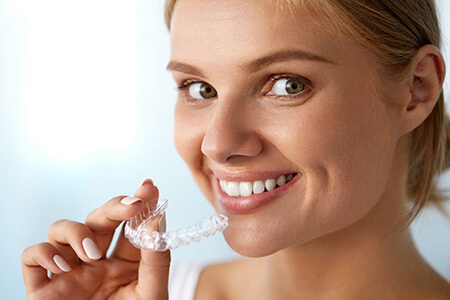
Do some teeth, not bleach?
Yes, some teeth are refractory to tooth bleaching. Sometimes we will do the in-office whitening, and the result is not that great. It turns out there is about 5% of people have almost no response to bleaching.
Should my take “take-home” whitening trays have a scalloped design?
Scalloping trays leads to more gingival burns and less patient compliance since this design “pokes” a bit, is harder to put on, and the bleach can leak out more easily. You especially do not want scalloped trays when using the 10% carbamate peroxide solution, and you want the gel to go on to the gums and stay there – to reap its hygienic effect. Whitening trays should be extended 1.5-2mm beyond the cementoenamel junction (CEJ)
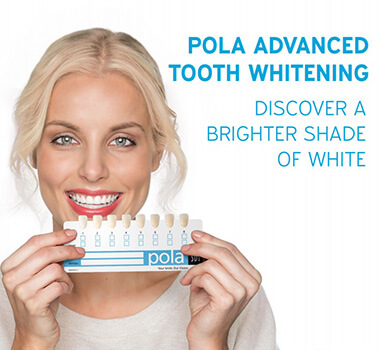
Are bleaching “Bleaching Pens” effective?
They are a great adjunct to the primary bleaching treatment. Typically bleaching pens have 6% hydrogen peroxide. You can use them a couple of times a day. The peroxide will stay on for about a half-hour. Often, we tell patients to use the pens on their canines as these teeth take the longest to bleach.
Can I apply a “Bleaching Pen” to my teeth just before sleep?
Yes, after about 30-45 minutes, the inactivation of the bleaching pen’s active ingredients occurs. You will notice a minor tingling for the first 10-15mins after the pen gel is applied. After that, you probably won’t see it’s even there.
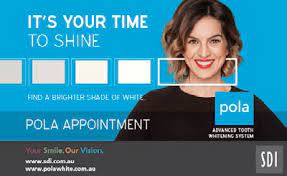
Are there any professional whitening products safe for children?
Yes, the 10% carbamate peroxide solutions (Pola Night) are generally safe for children 14 and up. However, Dr. Hawryluk will need to evaluate your child’s specific circumstances before prescribing the gel.
Does a light help with bleaching?
There are reports that light speeds up or “activates the bleach”. For every paper that says that, we can find another piece of research that says the light does not do anything. Other reports say it’s not the light that does anything but the heat from the light, which helps. The light does not hurt, and some dentists use it more for “theatre” or “showmanship”.
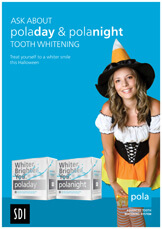
For sensitive teeth, what do you recommend after bleaching?
SDI makes a product called Soothe, which contains concentrated potassium nitrate gel. It is what is actually in Sensodyne. The Soothe has the advantage that your bleach trays can hold it right against the tooth. So it’s excellent at controlling sensitivity. We recommend the soothe. Alternatively, Listerine has a new mouthwash for sensitive teeth containing potassium oxalate. It is a fantastic product. Patients who have never been able to eat ice cream or drink ice-cold lemonade have found this product an absolute lifesaver. Use 10-20ml once or twice a day for a week. We also use a product called ‘Super-Seal’ which also contains potassium oxalate. It’s also great for patients who need deep scaling and “root planing” or are having a “crown preparation” done.
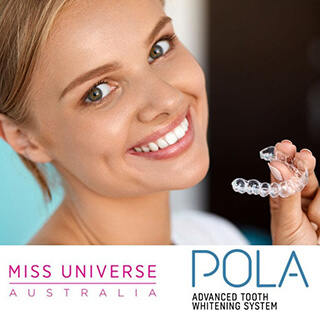
What mistake do patients often make when using Sensodyne toothpaste?
Many patients misuse toothpaste geared toward helping sensitivity. In addition, many patients brush with Sensodyne and then wash or rinse with mouthwash right after this washes the Sensodyne right away. Therefore, it’s best not to rinse or use mouthwash after Sensodyne use.
Is it ok to bleach teeth with exposed roots or with dental erosion present?
Many patients have noncarious cervical lesions or “NCCL” on their teeth from really aggressive manual toothbrushing. These can appear as notches on the roots where tiny seeds can get stuck. Dr. Hawryluk sometimes uses our super-seal product in these areas. It’s painted into the notch, and we let it absorb for 30 seconds before bleaching. In addition, we sometimes cover these areas with a “liquid dam” gel barrier.

What products do you recommend for patients who have sensitive teeth and want to do at-home whitening?
10% Pola Night. It s a lower strength gel that is buffered and stabilized by carbamate peroxide.
Is it ok to bleach teeth during pregnancy?
St. Lawrence Dentistry does not recommend bleaching during pregnancy or while lactating. It is marked in the Pola bleach instructions not to do bleach in these circumstances. Dr. Hawryluk has not found a single paper that suggests it’s ok.
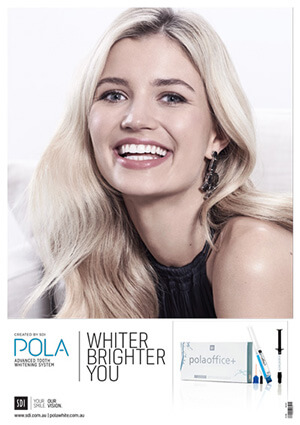
Is there a risk of shade irregularities with bleaching pens if it is not applied evenly to the tooth surface?
It seems intuitive that this might happen. There is no “big blob of gel” when using the bleaching pen – it is more of a transparent film. Bleach does not work the same way as paint does on a wall. The way bleach works are it penetrates through the enamel and diffuses out. The free radicals in the hydrogen peroxide break up double bonds. The pen will not create a “banding pattern” or a “spot”; it will be more diffuse. To date, we have not seen any irregularities like this.

What other particular circumstances is Pola Night ideal?
Pola Night is great for exposed implant threads as it can help keep the implants clean. Also, the mouth’s response to the 10% carbamate peroxide gel can be extraordinary!
St. Lawrence Dentistry would like to extend a big Thank You for reading our article. Please consider visiting our Mississauga Dental Office!
References:
https://www.catapulteducation.com/courses/tooth-whitening-part2
- St. Lawrence Dentistry Looks Forward To St. Patrick’s Day! - March 12, 2025
- Understanding Dental X-Rays and Radiation: What You Should Know - January 13, 2025
- Happy New Year from St. Lawrence Dentistry! - December 30, 2024










